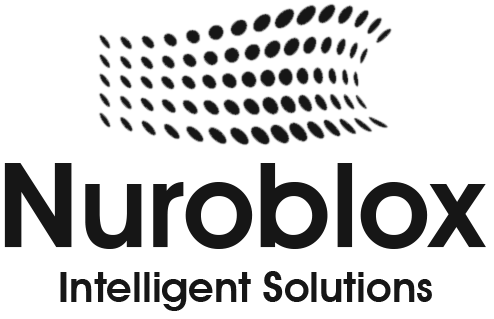RPA and API
- Home
- RPA and API

// ABOUT RPA AND API
RPA and API
Unlock the full potential of business automation by combining the power of Robotic Process Automation (RPA) and seamless API integrations. Automate repetitive tasks, streamline system communication, and boost productivity with smarter, faster workflows – all without human intervention.


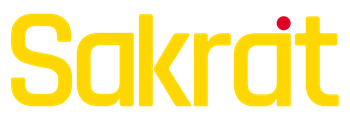






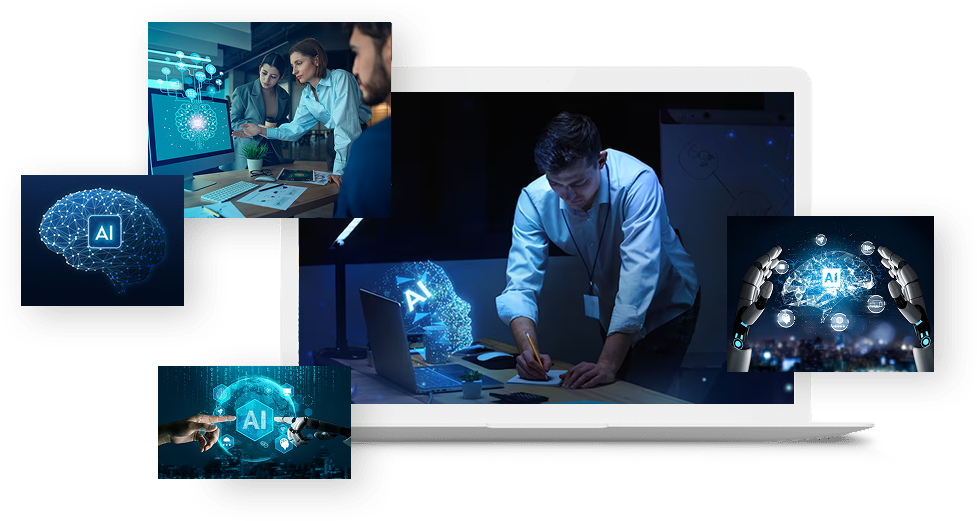
What is RPA and API?
How It Works- Our RPA & API Implementation Process
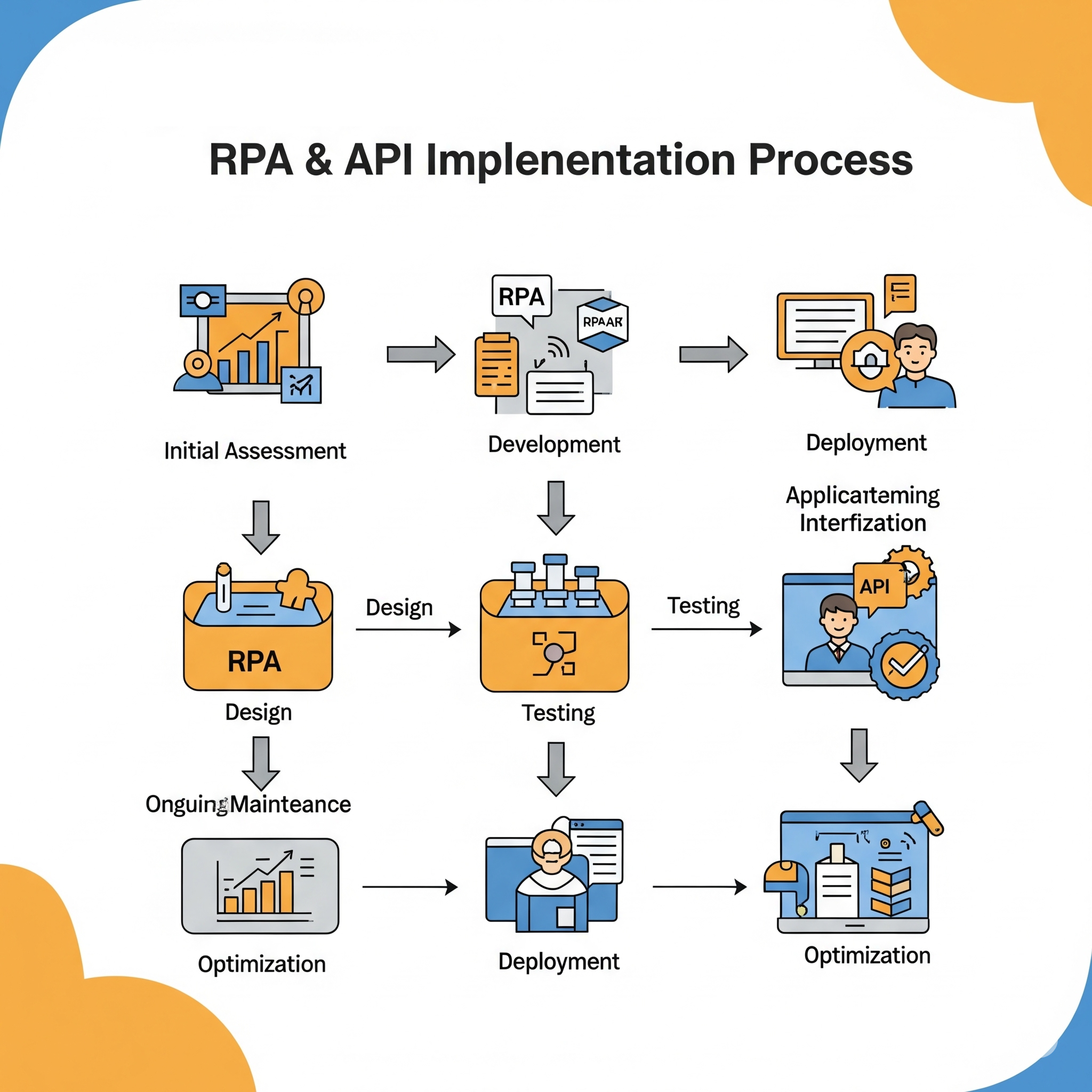
Why RPA + API is a Game-Changer
for Your Business
Faster Execution
API-driven automation executes tasks much quicker than UI-based processes, significantly improving turnaround times.
Reduced Human Error
By automating rule-based processes, you eliminate manual input mistakes and ensure consistent accuracy.
Lower Operational Costs
Automating routine tasks reduces labor costs and increases overall productivity without adding headcount.
Enhanced Scalability
RPA and API workflows can be easily scaled across departments and geographies as your business grows.
Improved System Interoperability
APIs connect various systems seamlessly, while RPA handles tasks where APIs are unavailable covering all bases.
Better Resource Utilization
Your teams can focus on strategic work while bots handle the repetitive, time-consuming tasks.
Lower Operational Costs
Automating routine tasks reduces labor costs and increases overall productivity without adding headcount.
Better Resource Utilization
Your teams can focus on strategic work while bots handle the repetitive, time-consuming tasks.
We’re Here to Assist You and Address
All Your Questions Anytime!
Where RPA + API Make the Biggest Impact
HR
Healthcare
Finance

Smarter Workforce Management

Streamlined Patient Data Management

